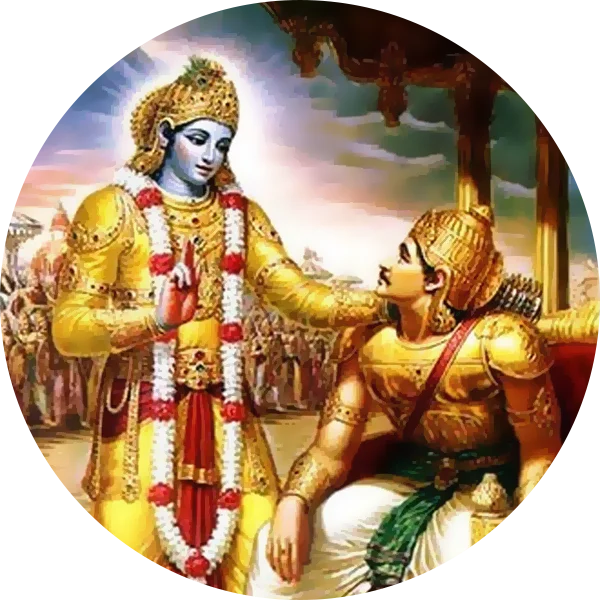The Shreemad Bhagavad Gita, often simply called the Gita, is a 700-verse Sanskrit scripture that is part of the Indian epic Mahabharata (Book 6 – Bhishma Parva). It is presented as a profound dialogue between Lord Krishna and Arjuna on the battlefield of Kurukshetra, just before the great war begins.
At its core, the Gita addresses the eternal conflict between duty (dharma) and doubt, action and renunciation, and the spiritual path in everyday life. Through this sacred discourse, Lord Krishna imparts wisdom on:
-
Karma Yoga (Path of selfless action)
-
Bhakti Yoga (Path of devotion)
-
Jnana Yoga (Path of knowledge)
-
Raja Yoga (Path of meditation and discipline)
The Gita teaches how to live a life of purpose, balance, and spiritual awareness—without attachment to outcomes.
It is regarded not only as a spiritual scripture but also a philosophical and psychological masterpiece, relevant to people of all walks of life, across generations and cultures.
Leave your comment
Related posts
The holy Gangotri water — often called "Gangajal" — holds immense spiritual, cultural, and even scientific significance in Hindu Dharma. Here's a comprehensive breakdown of what makes Gangotri water sacred [...]
Bhaja Govindam, also called Charpat Panjarika Stotram, is a devotional and philosophical hymn composed by Adi Shankaracharya. It emphasizes the impermanence of worldly pleasures and encourages devotion to Govinda (Krishna) [...]
"भाईजी पावन स्मरण" is a deeply revered book that offers an intimate glimpse into the life, thoughts, and contributions of Shri Hanuman Prasad Poddar, lovingly referred to as "Bhaiji." A [...]





